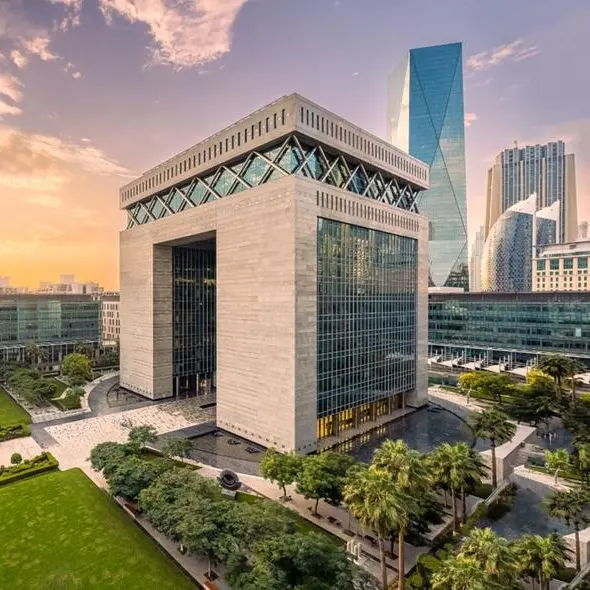PHOTO
LONDON - China exported more refined zinc than it imported in April for the first time since 2014.
The country's imports collapsed over the first four months of this year with exports rising despite a 15% tariff on outbound shipments.
The sharp shift in the country's trade dynamics speaks to the disconnect between east and west in the global zinc supply chain.
Stuttering demand in China, particularly from important end-use sectors, such as construction and automotive, has seen Shanghai Futures Exchange zinc stocks nearly triple to 170,850 tonnes since the start of January.
London Metal Exchange (LME) inventory, by contrast, has fallen by 58% this year with almost half of the 84,675 tonnes remaining cancelled in preparation for load-out.
Physical premiums in Europe and the United States are holding at record highs as smelter outages reduce availability.
China's exports are relatively small but April's flip may be a sign that more is on the way to help rebalance an increasingly polarised global market.
ALL CHANGE?
China has been a consistent net importer of refined zinc since 2008, when the government first imposed export taxes on unwrought metal.
Since then, monthly exports had previously exceeded imports only twice - in November and December 2014, when China's bonded stocks financing trade was blown apart by the Qingdao warehousing scandal and large amounts of zinc left the country in search of safer-haven storage.
With that exception, China's refined zinc trade pattern had been one of significant net imports ranging from 400,000 to 700,000 tonnes annually.
That changed this year.
Imports slumped by 75% to 43,400 tonnes in the first four months of 2022. April's count of 1,535 tonnes was the lowest monthly total in at least two decades.
Exports totalled 18,000 tonnes over the same timeframe and already exceed the 5,300 tonnes shipped over the entirety of 2021. April's outbound shipments were 4,200 tonnes, enough to tip the trade balance into net export territory for the first time since Qingdao.
The two main components of those exports have been a 10,300-tonne shipment to Turkey in January and an accelerating stream of metal to Taiwan, which was the destination for 3,200 tonnes of April's departures.
LONDON TIGHTNESS
It may not be a coincidence that the Taiwanese port of Kaohsiung is the only LME good delivery location that has seen any fresh inflows of zinc over the last month or so.
It received another 1,300 tonnes on Monday, bringing the cumulative warranting to 13,600 tonnes since the end of April.
Although a welcome re-injection of physical liquidity to the LME system, it has only slowed, not halted the downtrend.
LME time-spreads have tightened since mid-March, when the exchange imposed backwardation limits on all its physically-delivered contracts after it suspended chaotic nickel trading.
The benchmark cash-to-three-months zinc spread closed Monday valued at a backwardation of $21.75 per tonne.
The exchange's positioning reports <0#LME-WHC> show a dominant long with cumulative warrant and cash positions in excess of 90% of available tonnage.
The scale of that position, however, is flattered because active zinc stocks total only 45,275 tonnes.
Tellingly, there is only a single lot (25 tonnes) of available metal left in Europe at the Spanish port of Bilbao.
PHYSICAL TIGHTNESS
European zinc availability has been hit by the closure of Glencore's Portovesme smelter in Italy and fluctuating run rates at other plants trying to cope with high energy prices.
Physical buyers are paying record premiums for their metal - up to $500 per tonne over LME cash for special-high-grade zinc in Antwerp and $550 for metal in Italy.
U.S. buyers are paying even more, Fastmarkets assessing the Midwest premium at 30-40 cents per lb, equivalent to $661-882 per tonne.
Supply chains are stretched by chronic logistics problems. Trucking costs are rising in both regions and port congestion is hampering international container traffic.
There is little relief in sight for the disrupted transport sector or European zinc smelter production.
European power prices are also near record highs, keeping the margin pressure on the region's zinc producers.
There were expectations in the market that Glencore would reactivate Portovesme as power prices adjusted lower into the warmer northern hemisphere summer.
That seems unlikely now as Europe's pivot away from Russian oil and gas dependence underpins structurally higher energy pricing across the continent.
SLOW REBALANCE
Such divergent zinc supply dynamics between China and the rest of the world have opened an arbitrage window to facilitate a market rebalancing via Chinese exports.
The flip to net export status in April suggests that the transfer of Chinese surplus to Western deficit has started.
However, it could be a slow, drawn-out affair.
China's zero-COVID policy has led the country to experience its own logistics problems, which create a time-lag before the physical supply chain can respond to the financial arbitrage between London and Shanghai prices.
China has become a regular exporter of refined lead, which has experienced a similar east-west disconnect, but it took several months for exports to start flowing through a wide open export window.
Zinc's rebalancing act could prove similarly tortuous and, with the exception of the shipment to Turkey, most of what is leaving is only making it as far as Taiwan.
As with lead, though, the real significance of China's changed zinc trade is what it says about the rest of the world.
That it can be profitable to ship through the export tax barrier highlights how short of metal everyone else is.
The opinions expressed here are those of the author, a columnist for Reuters.
(Editing by Barbara Lewis)























